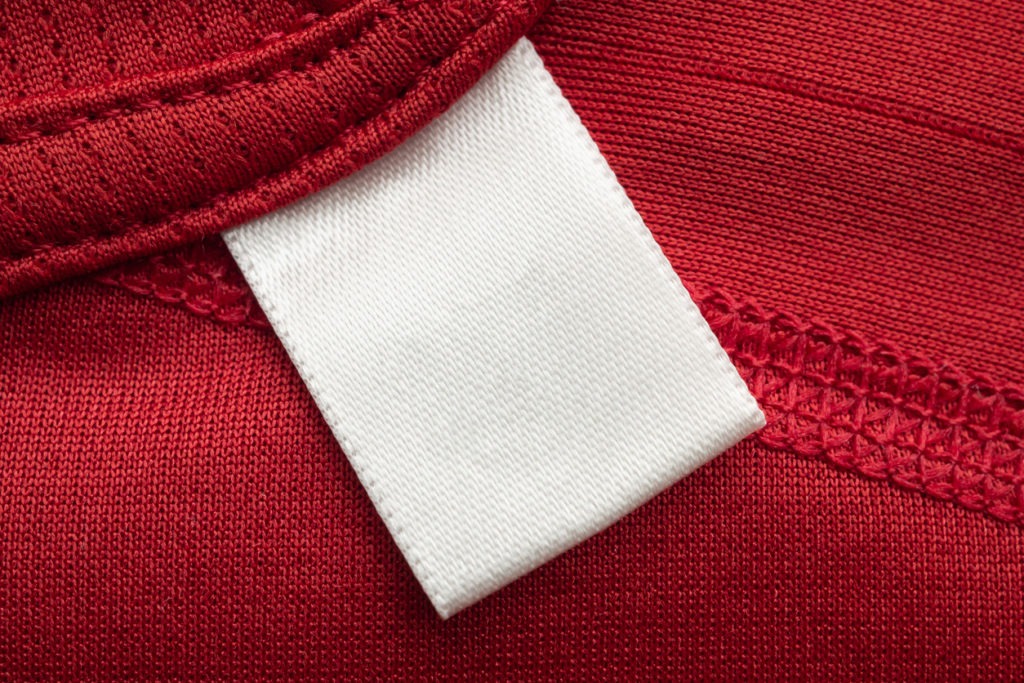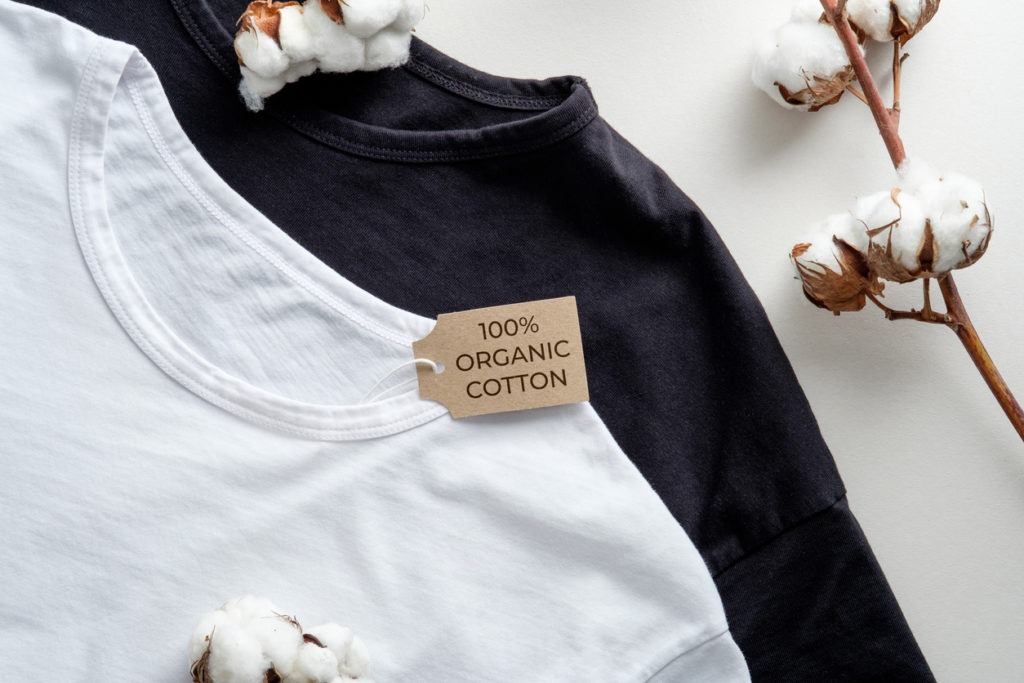Are you the type of person who doesn’t like fast fashion? Much energy is used in its mass production, and its presence still lingers in our landfills. We must now consider its environmental impact on our outfit choices because we are consuming and discarding more clothes than before. Plus, we all know that trends won’t last, and it’s awkward to wear last season’s fashion so that you can still wear those clothes.
Even if you can afford more expensive and brand-name clothes for the quality, it’s not an assurance that you’ll get durable clothes because many brand names today are “cheaping out” and lowering their standards for more profit.
Fortunately, developing a keen eye for durable clothes isn’t hard. Here’s how you can shop for durable clothing that will last, and you’ll surely wear again:
Let your hands be your guide
Generally, thicker fabrics are more durable than thinner ones. For shirts, you must look for a fabric that weighs around 6 ounces per square yard. But since we don’t go shopping with a scale, let your hands be your guide. Does it feel thin and light, or does it feel thick? A garment that feels heavier and more densely woven may indicate durability and quality. However, not all light clothes mean lower quality – cotton and merino wool are light but durable. Just keep in mind that even light materials should not be sheer.
Put your hands inside a shirt; if you can see your hand through it, it’s too thin. Garments that are made of high-quality materials will feel more comfortable. Lightly stretch it by pulling a section, then release it to see if the fabric goes back to its shape or remains distorted. Also, check how it flows and drapes over the body. It’s durable if it falls smoothly and quickly flows back into shape.
Check the stitches
It’s important to make sure that your clothes are stitched together well. Have you ever tried wearing clothes and hearing a rip there somewhere? It sucks, but it’s what you get with poor stitching.
To prevent buying poorly stitched clothes, do this when shopping: turn the garment inside out – this is where the dirty secrets of low-quality clothes are laid bare. Generally, durable clothing has seams that are neatly stitched in a straight fashion without any loose threads. Here’s what you need to steer clear from:
- Loose backstitching
- Irregular or crooked stitches
- Loose or untrimmed threads
- Stitching that seems to be corrected or redone on the same spot
- Random thread color change
- Twisted, pinched, or unintentionally pleated seams
You can also gently pull the garment apart along the seams when shopping in stores. If there is any hint of separation at the seams, it means it’s poorly sewn and may rip apart along the way.
Choose clothes made of natural fibers
Clothes made of natural fiber such as cotton, silk, wool, linen, and cashmere are generally a better choice when picking out clothes that will last. While synthetic fibers like polyester and rayon can bring stability and versatility to clothes, as a rule of thumb, it’s best not to buy a garment with more than 20% of synthetic fiber. Generally, natural fibers are softer, lighter, more comfortable, and more durable than synthetics.
Here’s how you can assess the quality of the natural fabrics:
1. Cotton
These days, most cotton garments are not as great as before. High-quality cotton fabrics are typically softer, have a tight weave, and have a shinier sheen.
When it comes to cotton items, it can also be different because many cotton items are made from shorter-strand cotton, which is more likely to pill. Pima cotton, long-fiber cotton, tends to be more durable, but it can be expensive. The best option is to buy shirts that mix short-blend cotton fibers with polyester to make them stronger.
For cotton dress shirts, keep the polyester content between 20-40% so that the shirt is soft and absorbent but reasonably durable. Jeans can also contain some polyester to add strength while still keeping the look and feel of denim.
When buying a cotton garment, squeeze a handful of fabric in your fist for a few seconds, then release it. If it looks like crumpled paper, don’t buy it.
2. Wool
Wool is made of sheep’s shearing, and there are two great, durable kinds: lamb’s wool and Merino wool. Lamb’s wool is the softest and finest wool harvested from sheep, while merino wool is prized for its durability, odor-resistance, and thermal regulating properties.
Durable, top-quality wool jackets have a “super number,” which describes how fine yarn is used. Generally, go for a super 110-150 – anything in the Super 200s look great, but they won’t be as durable.
Choose a merino wool or lamb’s wool, and stick to a wool blend of 65% or more.
3. Cashmere
Cashmere isn’t immune to the compromise that mass production does, either. The thing about this fabric is that softness does not necessarily indicate quality. Yes, you want something soft, but something too soft can be too delicate and won’t last. Try to pinch and rub a piece of cashmere together, and if it pills quickly, you will see that it’s made of low-quality, short fibers.
4. Linen
Linen is made from flax fiber and is said to be 30% stronger than cotton. It’s also the oldest fabric known to man.
Choose those made in Ireland, France, Belgium, and Italy to spot top-quality linen. These make some of the best linen yarn and linen fabrics worldwide. You can also rely on brand names to ensure you’re getting top quality. Ralph Lauren, Calvin Klein, Liz Claiborne, Donna Karan, and Banana Republic are known to use Irish linen.
Look for linings
Not all clothes need linings, but if it’s well-crafted, linings help prolong the life of your clothes and bring an extra touch of style to them. It helps maintain the original shape and protects the garment from sweat, oil, and pollution.
Choose a lined wool pair if you want a durable pair of dress slacks. For everyday work pants, a pair made of Tencel fabric is ideal because it’s strong, durable, and comfortable.
Consider its versatility
When buying a shirt, pair of shoes, pants, or jacket, ask yourself these questions: Is it versatile? Does it fit me well? Do I really like it? Because if you answered “no” to these questions, you’ll probably not use them again.
For example, if you’re going to buy a pair of boots for the winter, don’t just go for something that looks cool or something that matches that winter coat you’re planning to wear. Some may look like winter boots, but you’d be better served by buying boots that are insulated, waterproof, and designed to actually be used for walking in the snow.
And don’t be afraid to re-wear an outfit that your followers saw you in on Instagram. Some people buy clothes just for the gram, then return or sell the item after wearing it online. Given that even British royalty re-wear their clothes, we can also re-wear an outfit that our friends saw us in on social media. If you don’t want it to look the same, mix and match it with other shoes, layers, or accessories.
Examine the quantity of material
It’s also vital to go for clothes that are made with ample material. This is a classic place where manufacturers looking to cut corners usually skimp out. Check out these things:
- Are the sleeves too short?
- How do the shoulders fit?
- Are the hems short? Pants and skirts must have hems between 1.5 to 2 inches. Shirts and blouses must have hems of around 1 inch.
- Avoid clothes that only have stitched edges or no hem at all.
- Look for a seam down the spine on suits.
See how it feels against your body
If it feels rough to the touch, it’s not going to feel comfortable in your body, and it won’t last with you – you’ll dispose of it more quickly. This is especially true for undergarments but extends to all kinds of clothes. If it makes you itch, don’t buy them.
Think of how you can maintain it
Assessing the clothing using the tips mentioned above is a step to ensuring that your outfits will last. But once they make it into your closet, you also have to maintain them. For instance, fine fabrics like silk need more attention and care. Always refer to the washing instructions on the tag of your garment.
Those with elastic material, such as underwear, workout gear, or even some T-shirts and jeans, must be washed in cold water and hung to dry, or at least tumble dry. The worst thing you can do for them is to put them in the dryer because heat destroys the elastic.



